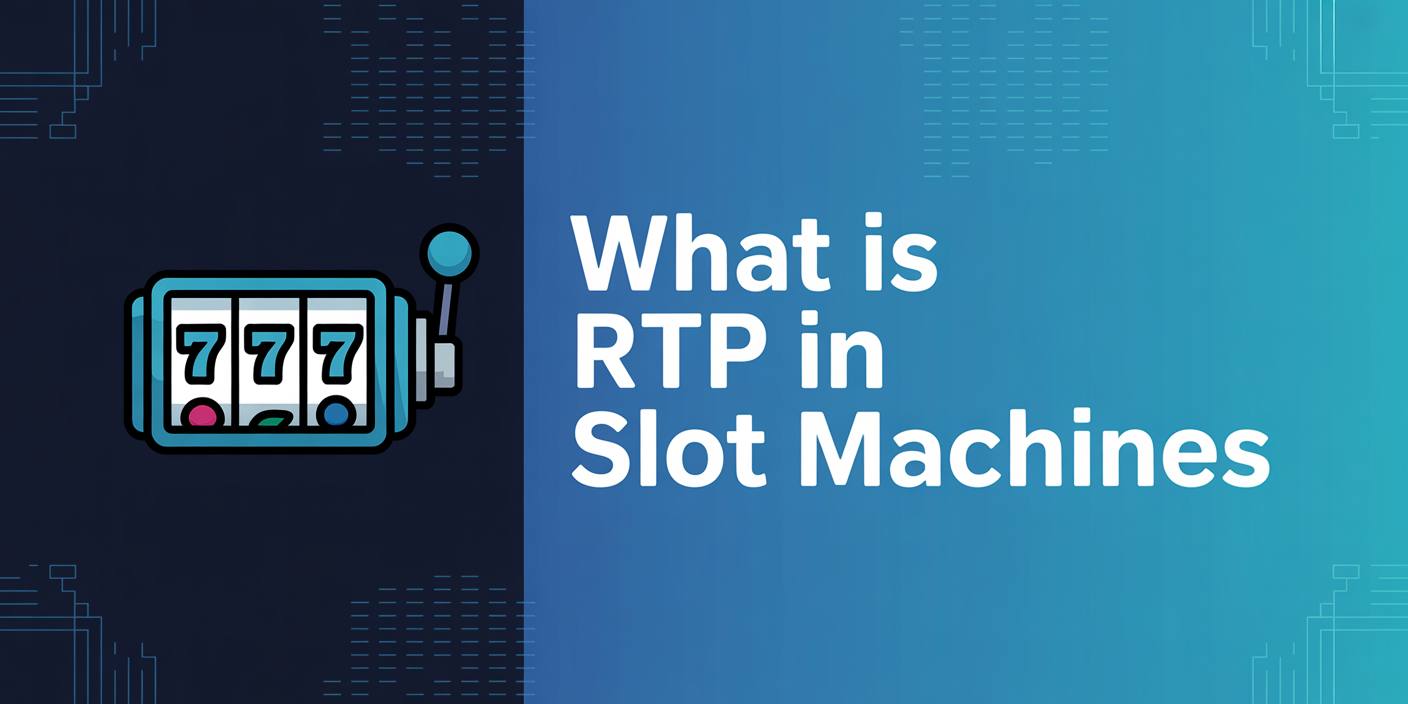
RTP at online casinos is Return to Player. It is the theoretical proportion of total money bet that a slot machine will pay back to players over the long term. The average RTP is typically around 95%. An RTP of less than 91% is low, while a rate of 98% and higher is high. The RTP describes how frequently and how much are the payouts — but it's also influenced by another parameter, known as volatility. Volatility is the intensity with which frequency and payout size of winnings neutralize each other.
Being informed about RTP comes in very useful, as this allows you to play only the slots that repay the highest money back — take a look at our slots with the highest RTP.
Understanding RTP is very useful, as you can play only slots with the highest returns.
Low and High RTP Slots:
- Low RTP: Low-RTP slots offer infrequent payouts, and the payout is usually small — not that exciting.
- High RTP: These are the slots where record-breaking multipliers happen. It's not uncommon to receive wins of x10,000 or more in high-RTP slots.
Medium RTP slots are in between. They deliver average-sized prizes at a moderate rate.
While RTP is a theoretical figure, it makes sense to stay away from games with an RTP of less than 95% if maximizing your bankroll is the aim. However, there are exceptions since slot results are managed by Random Number Generators (RNGs), which by nature are impossible to predict.
Keep in mind: RTP won't be counted if the slot is not licensed. Always verify the game's legitimacy. Ideally, choose a slot that you enjoy not just for its RTP, but also for other features like bonuses, design, theme, and interface. You can usually find the RTP in the paytable, help menu, or on the official website of the game provider.
Can RTP Change?
A few operators have RTP to be installed, which can come in handy in certain cases. Some casinos provide online casinos with the choice to determine the RTP percentage of a specific game so that one and the same game can have different RTP rates at different casinos. And the developers may update their software and change the RTP over time — decrease or increase it.
However, such changes are rare. RTP generally remains stable, unless the game is producing excessively large payouts that affect the provider's balance. If the RTP does change, you’ll usually be notified in-game through the paytable or help section.
How Does RTP Affect Bonuses in Slots?
The RTP of a slot can influence bonus rounds directly. More RTP will lead to more frequent and larger bonus wins, but not for all slots. In some games, the bonus game has its own RTP higher than the base game. More information is available in the game rules. Also keep in mind that different countries may have different RTP settings for the same game.
There are cases where bonus frequency is not dependent on RTP but on some other factor — for example, your bet value. In Microgaming's Absolootly Mad: Mega Moolah, the size of your bet determines the trigger of the bonus. Similarly, NetEnt's Hotline features a unique mechanic in that you can trigger one, two, or three "hotlines" (rows), and your chances of triggering the bonus increase with the spin cost.
Conclusion
The most value is obtained by playing slots with 98% RTP or higher. It's also handy to know the volatility of the slot. You can typically find that information on the supplier's website, although not all of them make it public.
- High volatility = rare but large wins
- Low volatility = common but small wins
- Medium volatility = average payouts at medium frequency
Volatility is risk, but RTP is the bigger factor. Big RTP will beat any level of volatility.
Bonus rounds are a great feature, and if you enjoy them, make sure to know how they function in every game. It gives an approximation of how often bonuses can pop up. To find high RTP games with frequent bonuses within a matter of minutes, use the "Popular" option on your casino's game list. Popularity usually accompanies high returns.